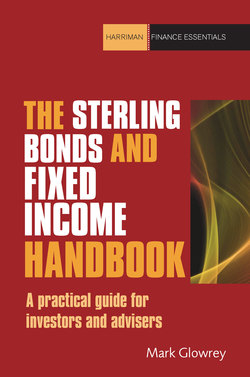Читать книгу The Sterling Bonds and Fixed Income Handbook - Mark Glowrey - Страница 16
На сайте Литреса книга снята с продажи.
UK banks & building societies
ОглавлениеBanks are typically the largest users of the bonds markets both as issuers and as investors. Banks raise different types of capital and funding in the markets. This results in a variety of different types of bank debt, ranging from senior (ordinary) through to subordinated bonds (a higher risk and higher yielding type of debt – more on this later). The sterling market is notable for the high number of subordinated issues from these issuers.
Some investors, notably the banks themselves, have historically viewed bank debt as the “next best” credit after government and government agency debt. This perception of the quality of bank debt has weakened considerably following the events of the credit crunch, with investors preferring bonds issued by other sectors. It remains to be seen if the conventional pecking order will be restored.
Tip
When buying bank or building society bonds, double check the seniority of the issue. Subordinated bonds are a less secure form of debt. These have their place, but are a somewhat different kettle of fish to senior debt – higher risk, subject to coupon deferral and much more volatile. Risk is fine, but as investors we will expect to see a higher return to compensate.
